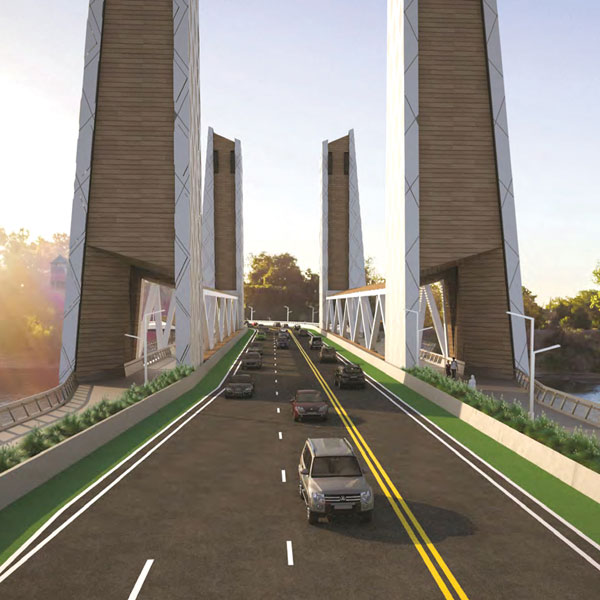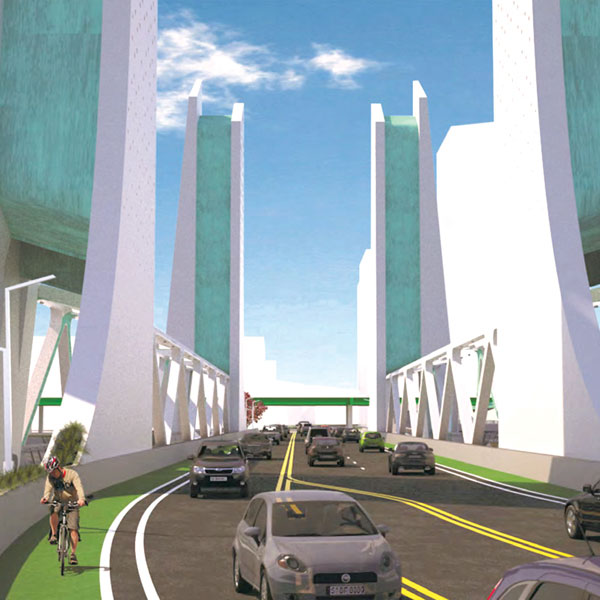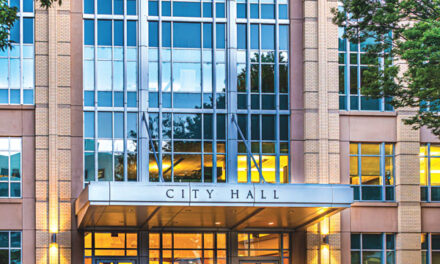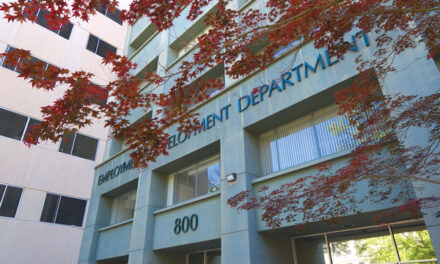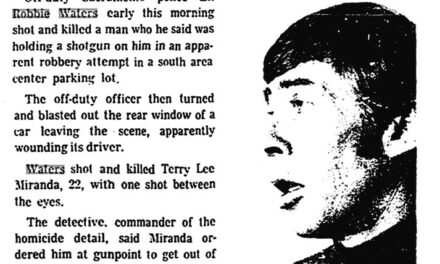Bridge Building
New span to tighten links across river
By R.E. Graswich
December 2019
The bridge is an old-timey mechanical marvel. Giant gears pivot the decks sideways, like a sword on a spindle, when tall boats approach. Mark Twain would have loved it, but he died in 1910 and missed the grand opening by a year.
The price tag is murky and fluid, like the water that flows beneath the bridge. One design, called Thru, is estimated to cost $188 million. The second finalist, Spring, is listed at $210 million. Splitting the difference and assuming the final cost is $200 million, the price tag works out to $500,000 per foot across the river, making the new bridge an expensive piece of friendship.
“I can’t say we have the cash in hand immediately to go out and build it, but we have a pathway to get there to be able to do it,” Sacramento City Councilmember Jeff Harris says. The cities have collectively raised about $158 million. Federal, state and regional transportation sources will be tapped to fill the funding gap of between $30 million and $52 million.
At those prices, the cities better get it right. They have already eliminated seven design prototypes, several of which were awful, and hope to settle on the final version by early 2020. Let’s make it easy for them.
Forget the Spring iterations, which bring to mind four condo towers sprouting from the river. The Spring design is intended to convey a streamlined, futuristic archway linking two friends. But the four towers seem embarrassed by their function—which is to lift up the roadway when tall boats approach. They look like a developer’s pretentious attempt to sell luxury lifestyles with the ultimate water access.
By contrast, the Thru design makes no apologies for its purpose. It’s a classic truss bridge, all steel and angles and triangles, with four towers that lift the deck and serve as the generational offspring of the beloved Tower Bridge. Of all the designs, Thru is the cheapest and most classical, which means it has the best chance to survive decades without looking ridiculously dated after 15 years.
The cities will have to settle on a new name. Thru is a placeholder and not inspiring or evocative. The new bridge will drop traffic into the railyards just north of the old Southern Pacific shops. A train-related name would work, such as Daylight. A train that ran between Sacramento and Los Angeles from 1946 to 1971 was called the Sacramento Daylight.
Both cities held workshops to gather public input on the new crossing. More than anything, the public demanded a pedestrian and bike connection. Cars drew minimal interest.
Which brings us back to the old I Street Bridge. It will serve as a workhorse well into its second century, carrying trains on the lower deck and retrofitted for bikes and pedestrians on top. The new Daylight Bridge will handle the cars.
R.E. Graswich can be reached at regraswich@icloud.com. Follow us on Facebook, Twitter and Instagram: @insidesacramento.



